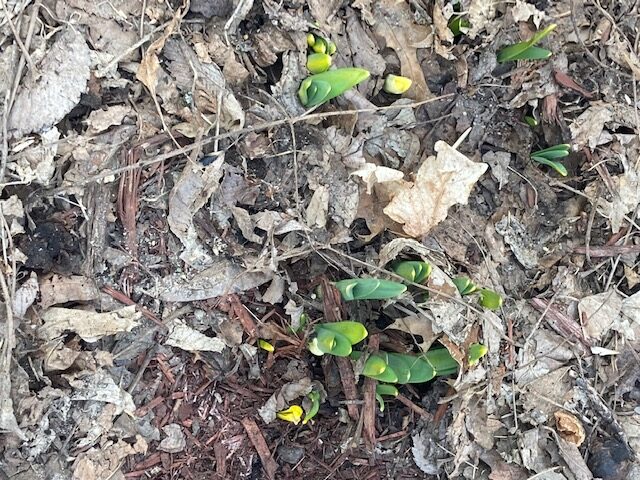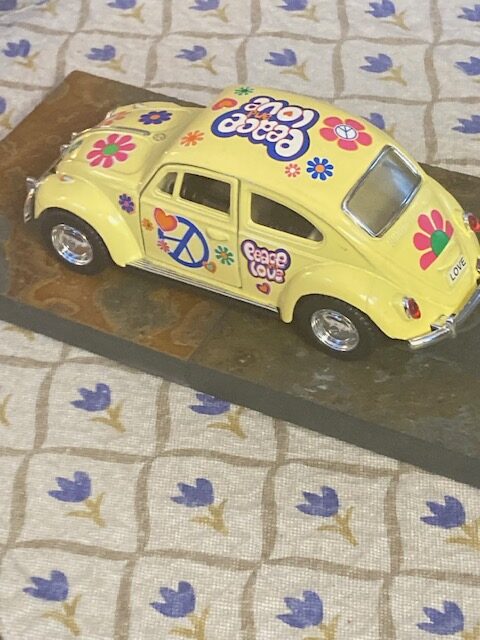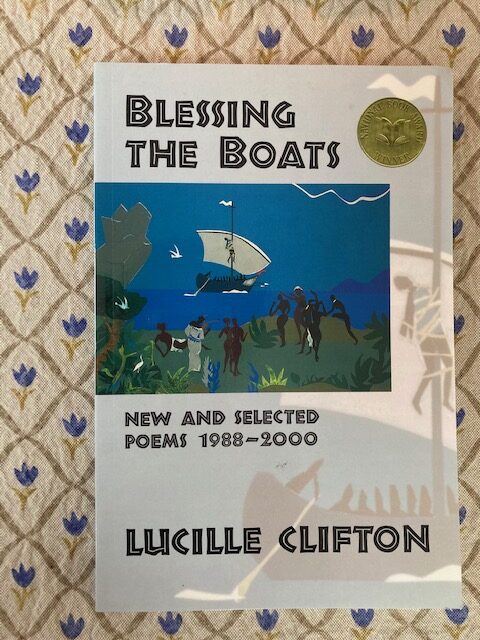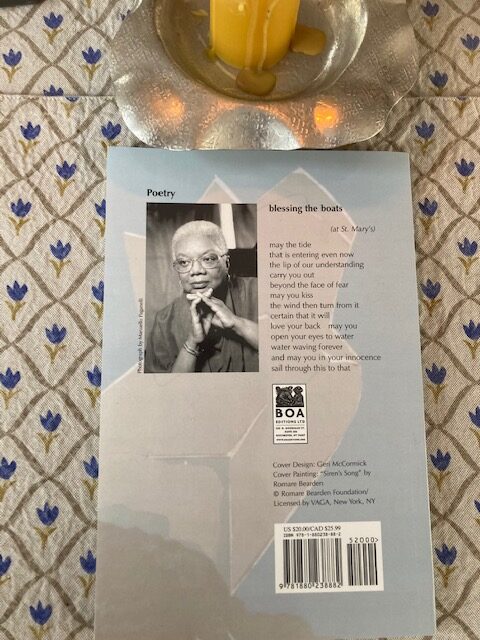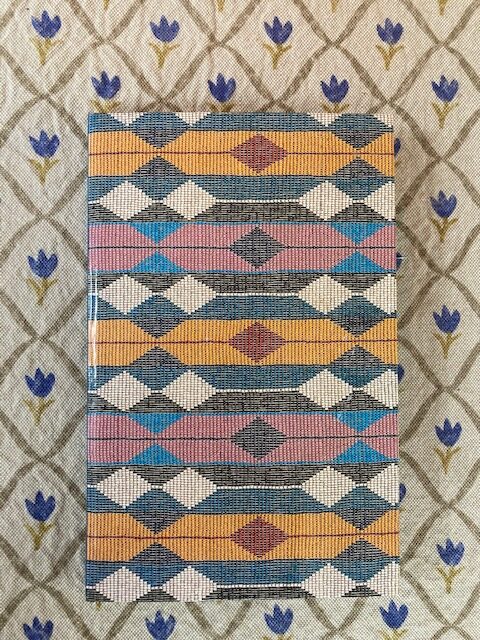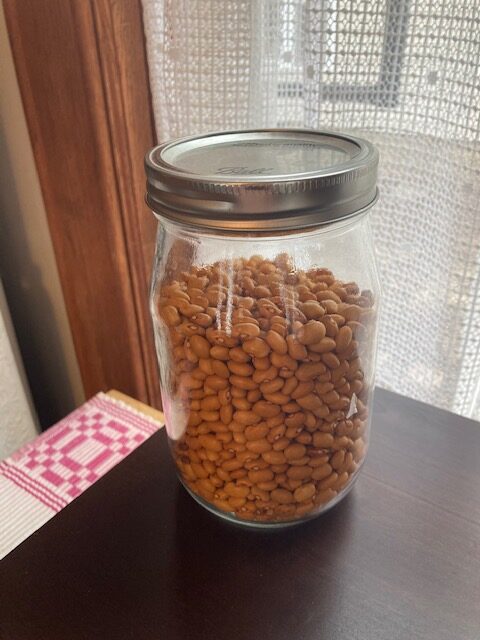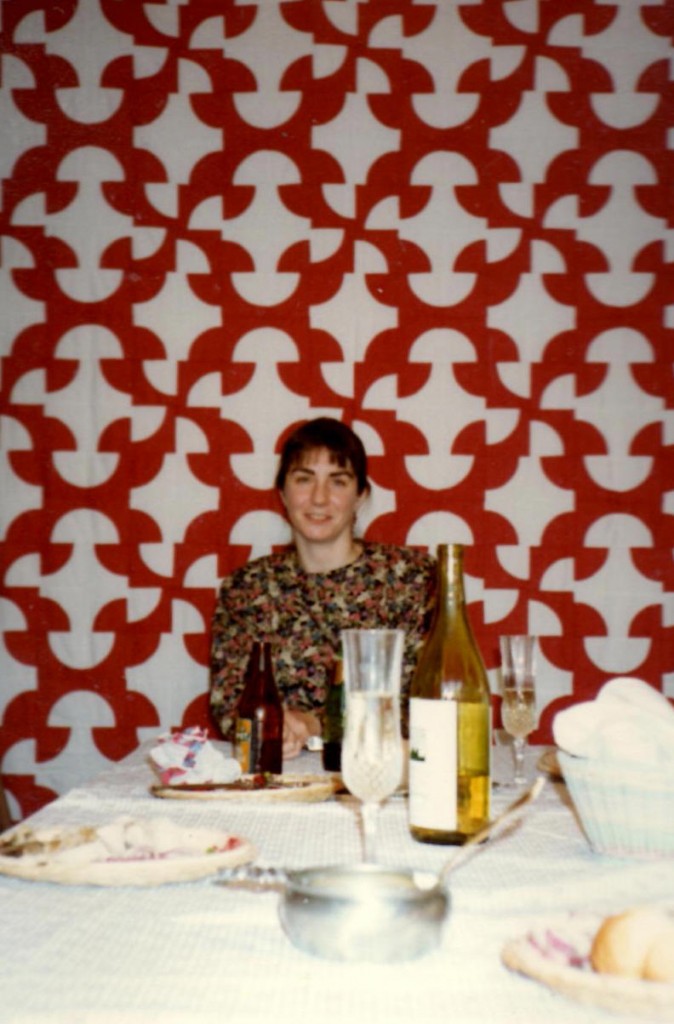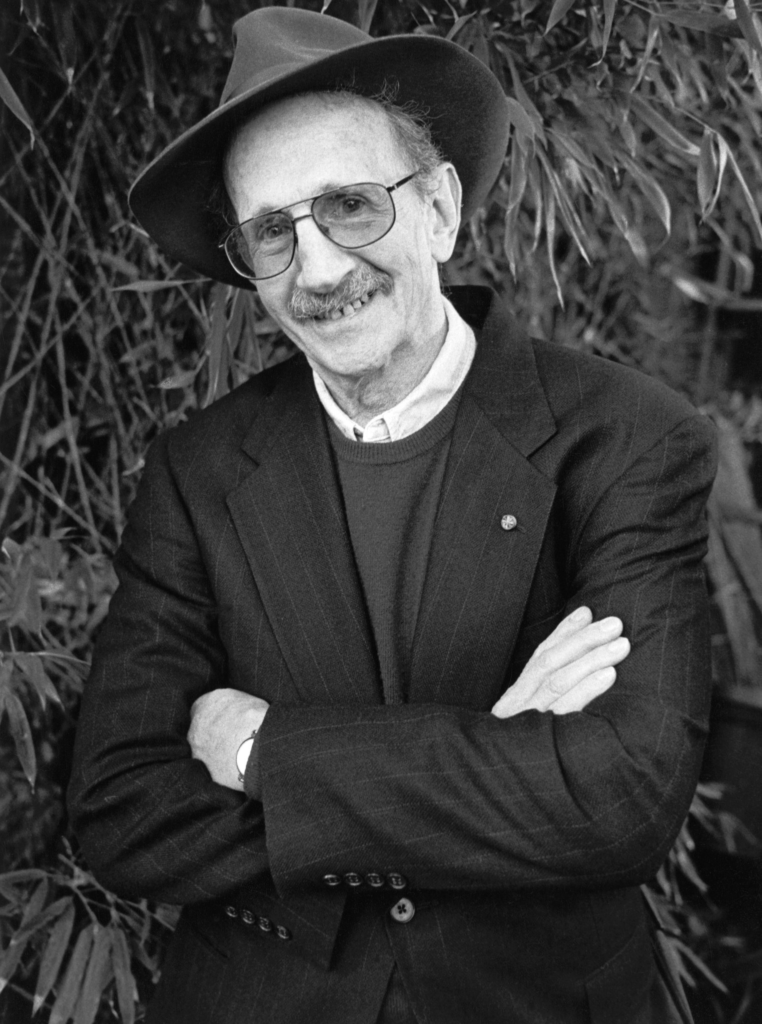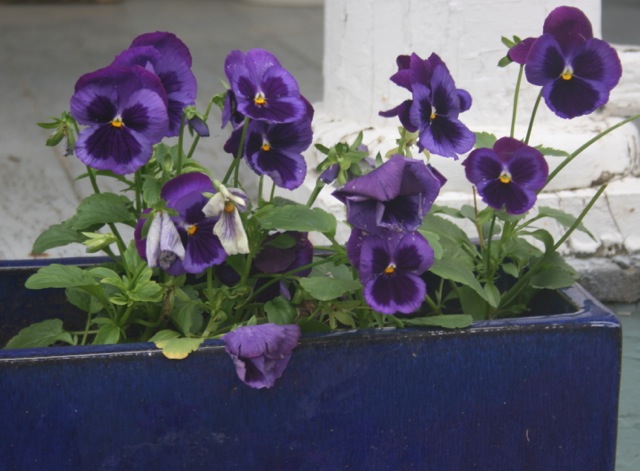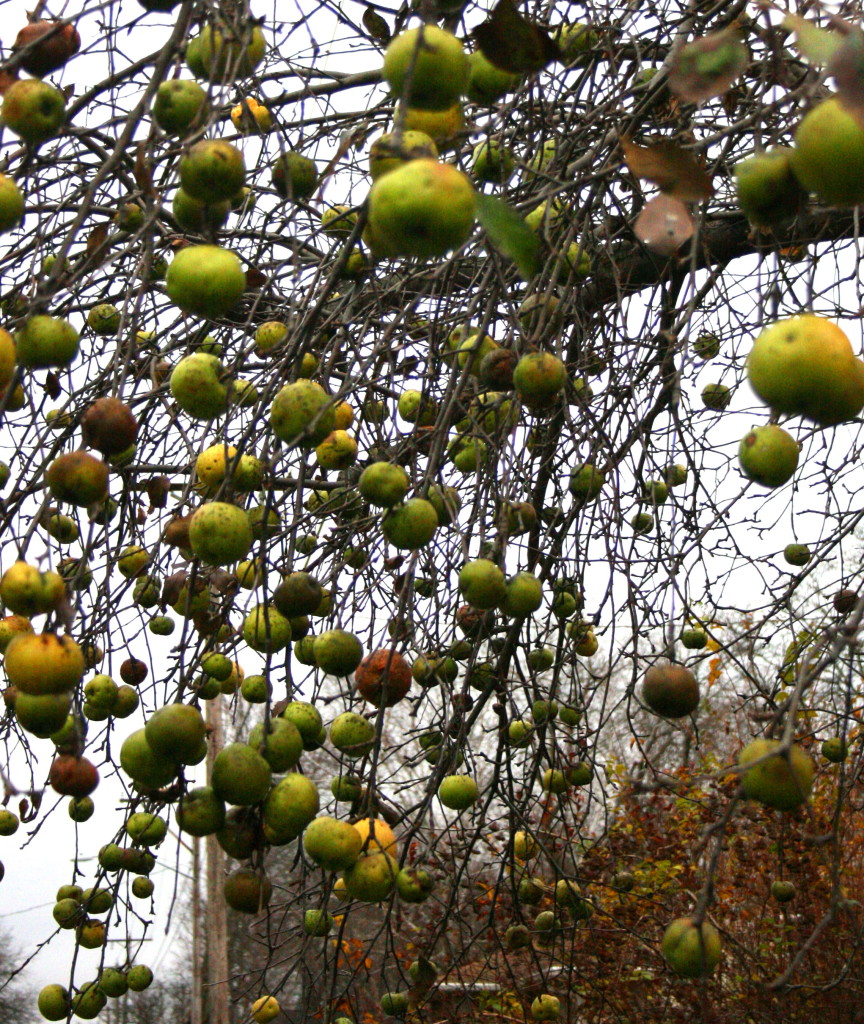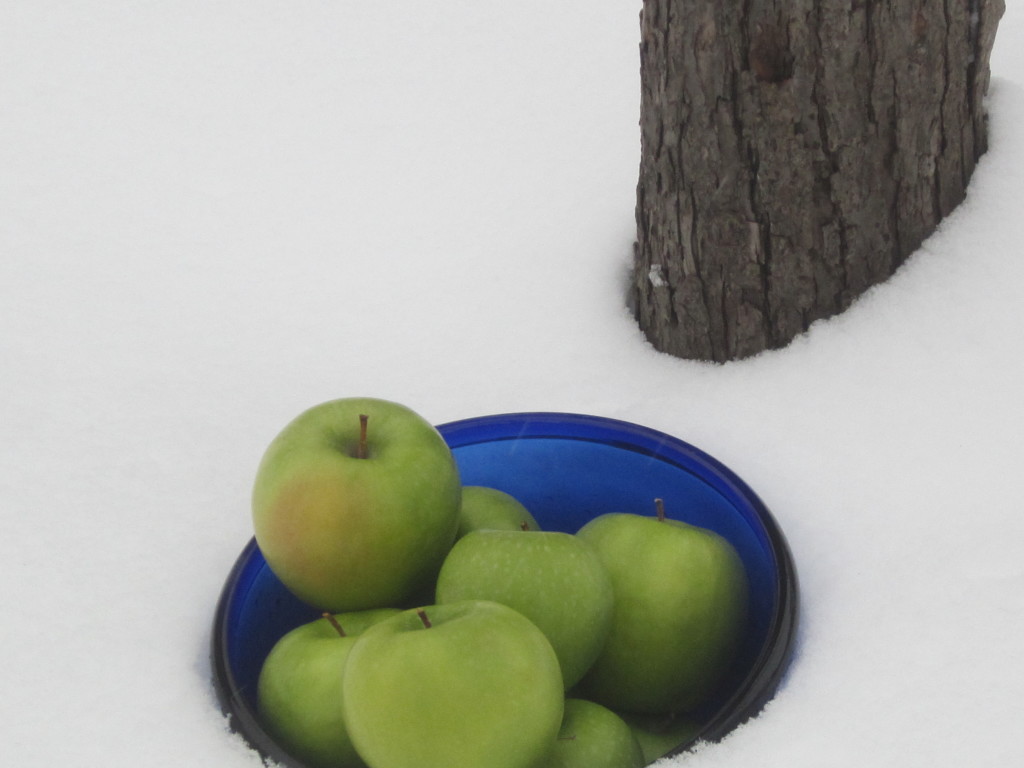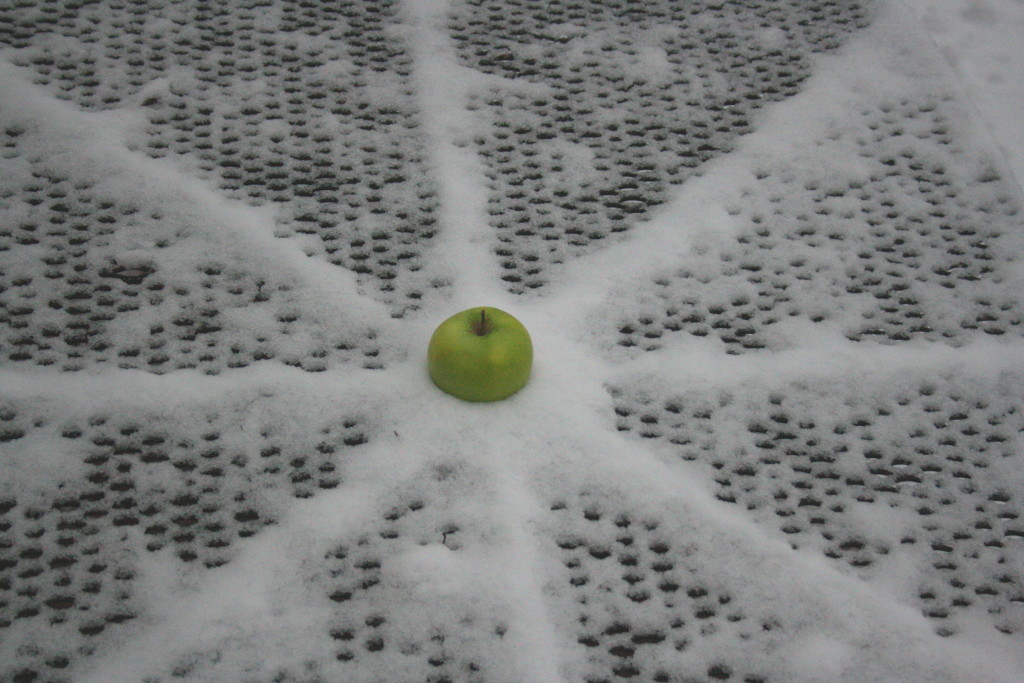
Everybody has to start somewhere. For me, with poetry, that was in Third Grade when I was eight years old. That was when, under the kindly encouragement of a beloved teacher, Mrs. Mumford, I went from being entranced by poetry’s music into trying to make my own poems.
After I wrote today’s poem, “A Story of Student Art,” I couldn’t think of anything that would make a suitable spotlight. And so, I thought I would share a bit of raggedy evidence of the blessing of having a really good teacher. (While I know these scraps are laughable, I don’t disown them because they remind me of how exciting it was to write each small set of lines, embellish each as best as I could, and put it in the basket for Mrs. Mumford to see. I can’t recall a single verbal comment that she offered but I know that I felt she beamed approval on me nonetheless. This gave me my first experience of an author reaching an audience. If I wanted to, I could draw a through line from “My First Poems” to this blog, embellished not by wildly erratic crayon lines but with the hasty snaps of an amateur photographer.
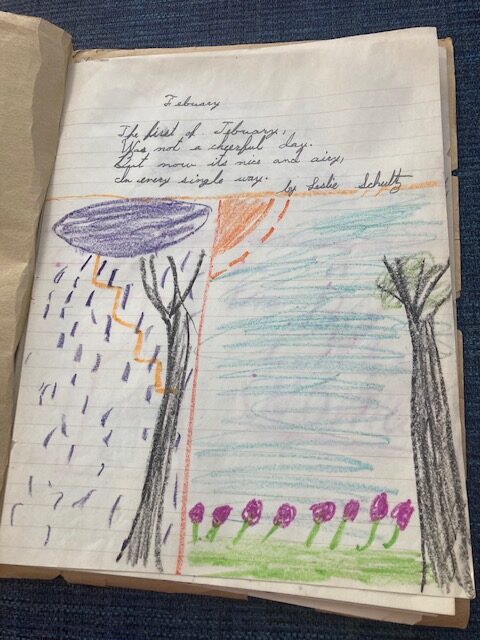
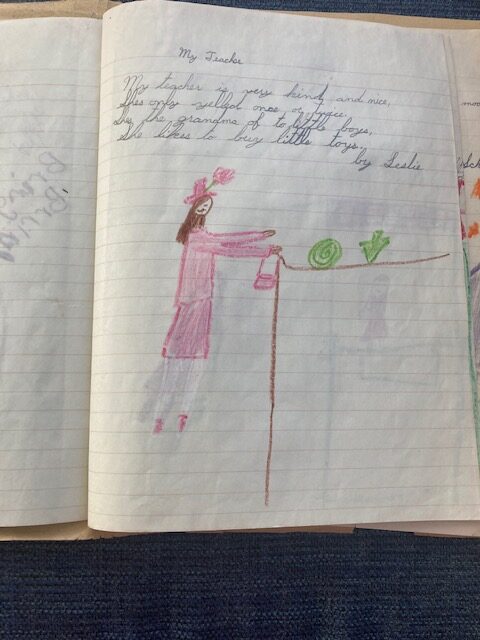
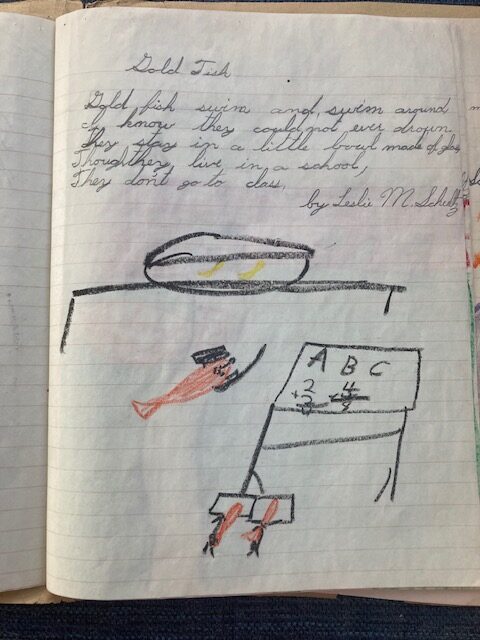
May we be tender with our early efforts!
Context for My Poem, “A Story of Student Art”:
This poem (Prose poem? Flash fiction?) evolved from a very vivid dream last night. After writing it, I decided to share this earliest work, above. I am still pondering this newest poem, thinking of how important teachers are to us but at the same time that they can never see what we see. I have been fortunate enough to know several wonderful teachers–as a student and now as treasured friends–and their work and steady kindness fills me with awe. Their encouragement, like the warmth of the spring sun, makes it possible allow the seeds within us germinate, grow, and flower, and eventually be shared. And I know that students, too, are teachers, even when they don’t know it.
There is something here, too, that speaks to the need to edit and revise. And that we can never tell it all, no matter how big the canvas, how epic the poem, how long the novel.
Nonetheless, it is important to allow the work to emerge fully before we get to work with the scissors. Here’s to allowing those planted seeds to flourish. Reaping will come in its own season.
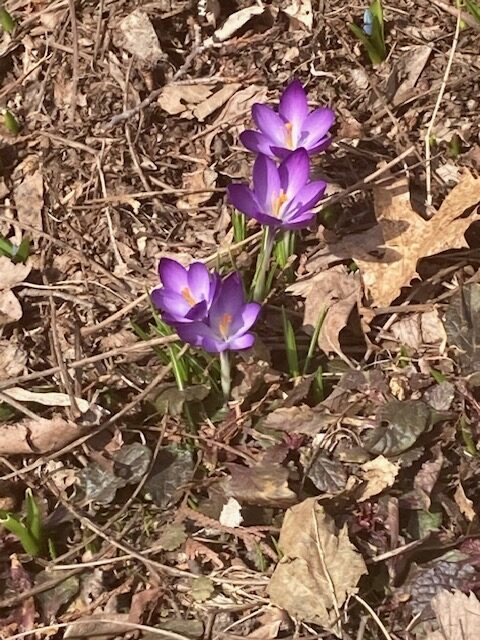
Until tomorrow,
LESLIE



